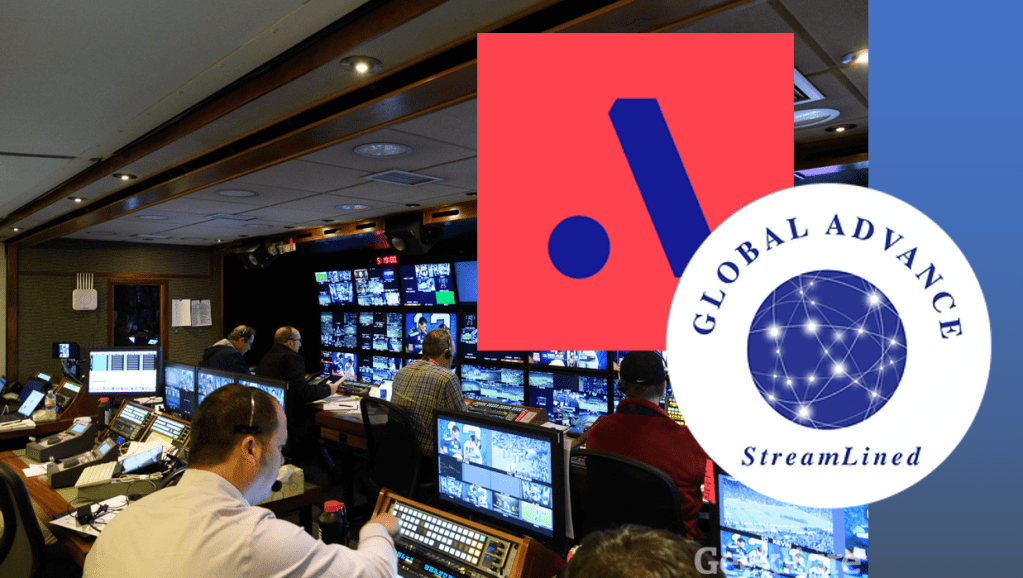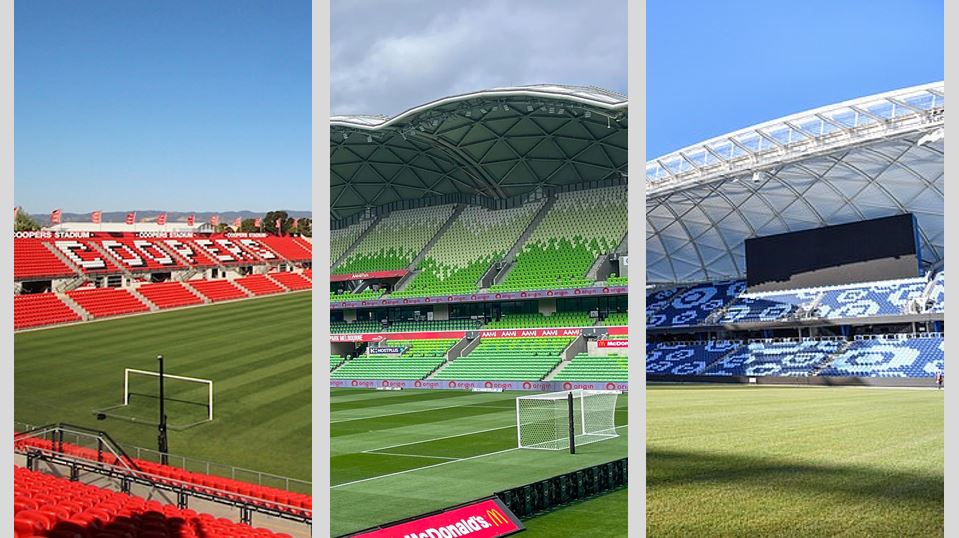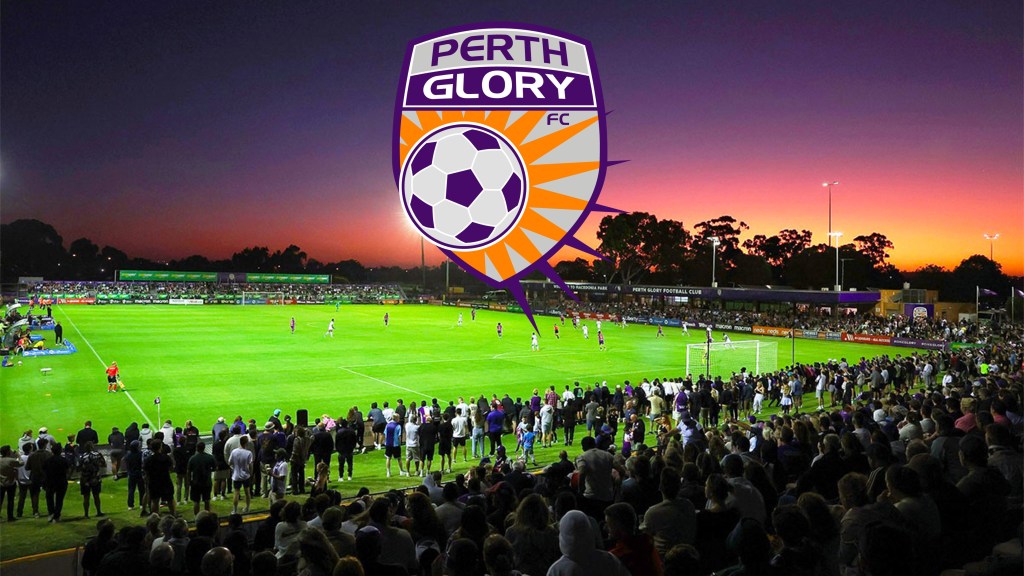The APL faced another curveball this week after their broadcast partner, Global Advance, went into voluntary administration and ceased all operations.
Global Advance was launched in 2021 with the A-Leagues coming in as the company’s foundation major client.
The company offered an alternative to the Australian duopoly of NEP and Gravity, which allowed the APL to enjoy greater negotiating power and pricing.
The partnership also came in line with the APL’s Paramount broadcast arrangements, where the APL itself took on production costs, rather than the broadcast partner, a rare dynamic in Australian sport.
It appears though that the model was ultimately unsustainable with the company now non-operational and the APL owned reportedly $1m in fees.
Emergency talks have taken place between the APL and another production partner to ensure upcoming matches are broadcast, but the longer term arrangement will undoubtedly be arranged in the offseason.
Tough Media Market
The collapse of Global Advance is just another sign of an increasingly difficult, and shrinking media market.
Earlier in the year NPL production partner Clutch TV also collapsed so these recent events only further entrench the importance of the two main production players in a concentrated Australian market.
As inflation continues to increase expenses associated with broadcasts companies are finding it harder to stay solvent, and resulting in cases like Global Advance’s closure.
As revenues drop in line with a softening commercial economy media production is facing a modulation of their business model, even Paramount is struggling Globally with reports in recent months that they could potentially sell underperforming assets including Network 10.
Increased fragmentation of media is also impacting audience numbers, further devaluing traditional media business plans and contributing to the new ratings data from OzTam which seeks to maximise headline numbers by reporting ‘reach’ and hiding poor performing programs by electing to only report the top 30 shows each night.
What this all means for the A-League is simple. Costs of production are increasing, revenues from broadcasts are decreasing, and fewer people are watching across the board.
It is hoped a short term deal will secure broadcasts for the remainder of the season, but the APL may be forced to consider very different arrangements in the coming years.



